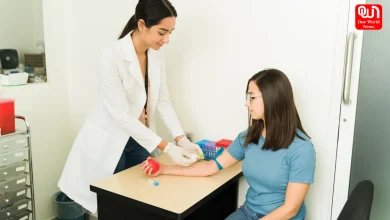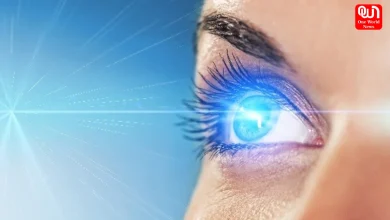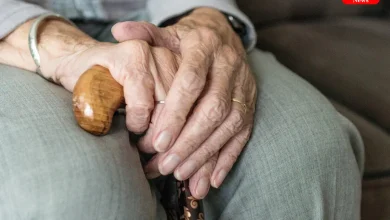Sign of Skin Cancer you must know !
Being aware of changes in your skin during everyday activities can result in early detection and treatment of skin cancer.
The sign of skin cancer you may spot while climbing stairs
Skin cancer is one of the most common types of cancer and may have rather unobvious symptoms. While climbing stairs, a physical activity that typically draws your attention to your body, you might notice an unusual symptom indicating skin cancer: such as a sore or an unusual growth, rash, lesion or bump.

Read more –Unlocking the Benefits: Why You must have a Fish Oil Diet
Persistent Sore or Ulcer
Due to the view of the surrounding environment, arms, legs, or any other part of your body that is exposed when climbing stairs may come into your line of sight periodically. It is common to develop a sore that does not heal or wound that seems to reopen every time. This may be cancer of the skin, particularly basal cell carcinoma or squamous cell carcinoma which are both fairly common. Round sores by this virus affects the areas that are most exposed to the sun such as the face, ears, neck, hands, and arms.
Read more –5 Foods Never to Pair with Your Tea: Unhealthy Food Combinations to Avoid
Unusual Moles or Spots
This can also be another indication of skin cancer; this latest feature is mostly because of a mole or spot that changes in size, shape, or color. The “ABCDE” rule can help identify suspicious moles:The “ABCDE” rule can help identify suspicious moles:
– A symmetry: One half is of different kind than the other.
– B order: Freese are unfocused, or poorly defined, or outlined.
– C olor: Different one area from another.
– D iameter: More than six millimeters or the size of a pencil eraser or even slightly bigger.
– E volving: Alterations in size, configuration and/or colour.
When climbing stairs these changes may be visable more on the legs/arms because of the repetitive stress/ exposure.
Itchy or Bleeding Spots
Skin cancer can also manifest itself in the form of a sore leg that is frequently itching, bleeding and does not heal. It may be especially so when you are moving, because the rub of the clothing or movement may to some extent irritate the area and bring the attention to it.
Prevention and Early Detection
Regular self-examinations are crucial. Any lesion that changes should be considered and particularly if the change tends to remain for a long time. Skin cancer when detected early can be treated and this increases with the above mentioned factors. Broad-spectrum sunscreen, protective clothing, avoiding direct sun exposure and redundancy are the ways to minimize the chances of occurrence.
Although it may seem strange to notice a possible symptom of skin cancer while ascending stairs, being aware of changes in your skin during everyday activities can result in early detection and treatment. See a doctor right once if you discover any itchy areas, strange moles, or chronic sores. In controlling and treating skin cancer, your proactive approach can make a big difference.
We’re now on WhatsApp. Click to join
Like this post?
Register at One World News to never miss out on videos, celeb interviews, and best reads.








